Mexico Overview
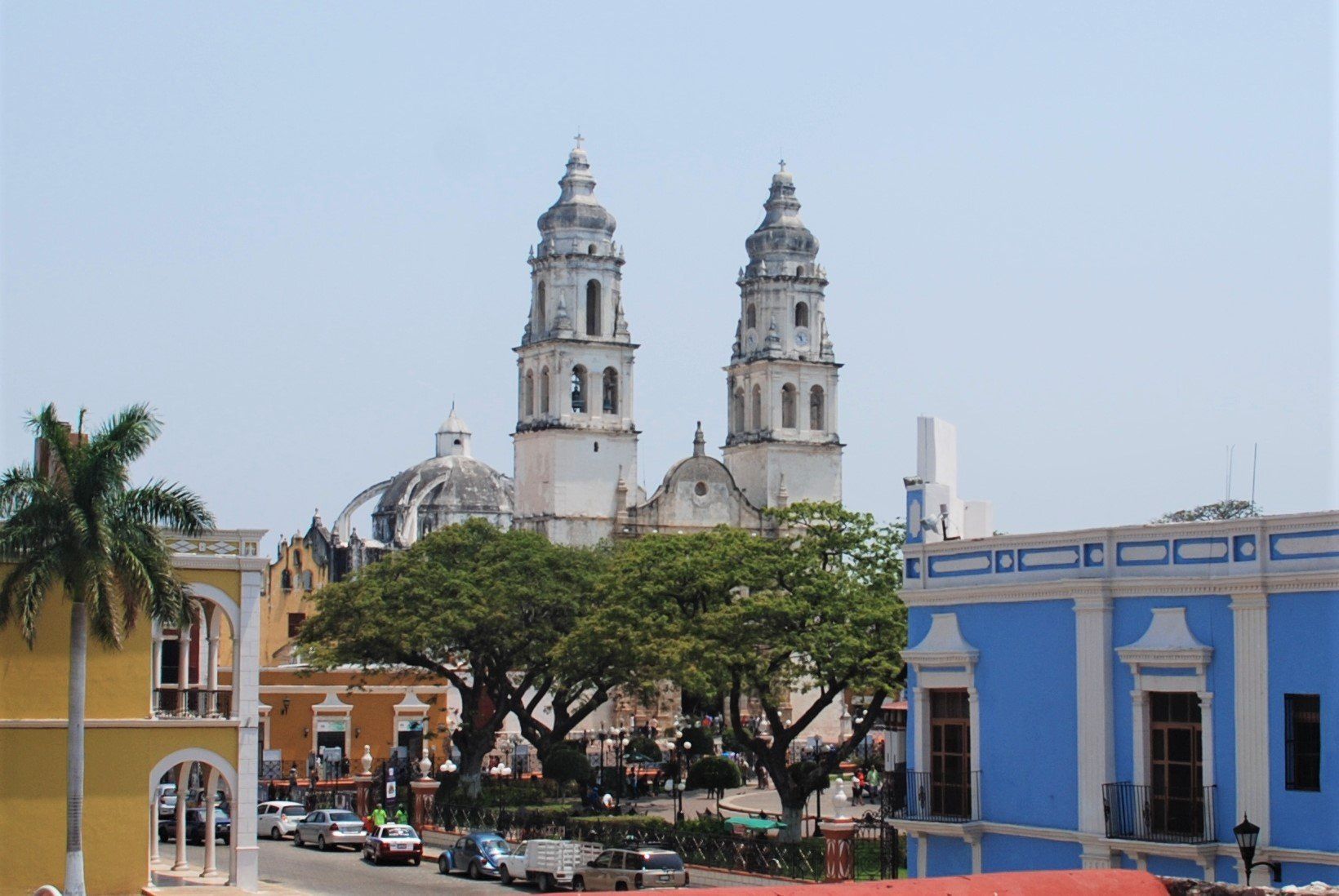
Mexico

Mexico is bordered on the north by the United States; on the south and west by the Pacific Ocean; on the southeast by Guatemala, Belize and the Caribbean Sea; and on the east by the Gulf of Mexico. Covering almost two million square kilometres (over 760,000 square miles), Mexico is the fifth largest country in the Americas by total area and the 13th largest independent nation in the world. With an estimated population of over 120 million, it is the eleventh most populous country in the most populous Spanish-speaking country in the world and the second most populous country in Latin America. Mexico is a federation comprising thirty-two states, including Mexico City, its capital and largest city, which is also a state.
On its north, Mexico shares a 3,141 kilometre (1,952 mile) border with the United States. The meandering Rio Bravo del Morte (know as the Rio Grande in the United States) defines the border from Ciudad Juárez east to the Gulf of Mexico. A series of natural and artificial markers delineate the United States-Mexico border west from Ciudad Juárez to the Pacific Ocean. On its south, Mexico shares and 871 kilometre (541 mile) border with Guatemala and a 251 kilometre (156 mile) border with Belize.
Mexico is one of the 17 megadiverse countries of the world. With over 200,000 different species. Mexico is home to 10-12% of the world's biodiversity. Mexico is also considered the second country in the world in ecosystems and fourth in overall species Approximately 2,500 species are protected by Mexican legislation.
In Mexico, 170,000 square kilometres (65,637 square miles) are considered 'Protected Natural Areas'. These include 34 biosphere reserves (unaltered ecosystems), 67 national parks, four natural monuments (protected in perpetuity for their aesthetic, scientific or historical value), 26 areas of protected flora and fauna, four areas of natural resource protection (conservation of soil, hydrological basins and forests) and 17 sanctuaries (zones rich in diverse species).
Mexico offers saltwater flats anglers a staggering number of angling possibilities perhaps unmatched elsewhere in the western hemisphere. Knowledgeable anglers consider Mexico's Yucatan area to be one of the best locations to accomplish a grand slam; landing a bonefish, a permit and a tarpon all in the same day. Some anglers have even added a fourth fish, the snook, considered a formidable opponent and challenging to take with a fly. Barracuda, snapper and jacks are also available to flats anglers.
Our Mexico packages offer you the opportunity to fish prime inshore fisheries. Campeche offers a world class baby tarpon fishery and abounds with local Mexican charm. The Ascension Bay area offers anglers legitimate shots at a Grand Slam, while enjoying local hospitality.
FISHING PACKAGES IN MEXICO
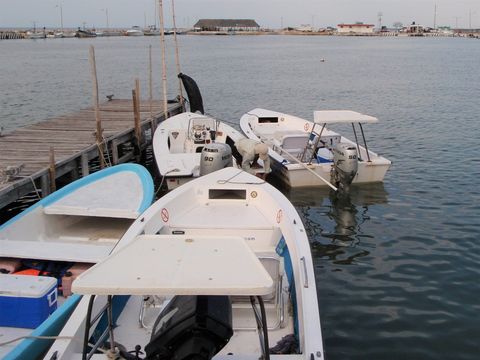
Mexico
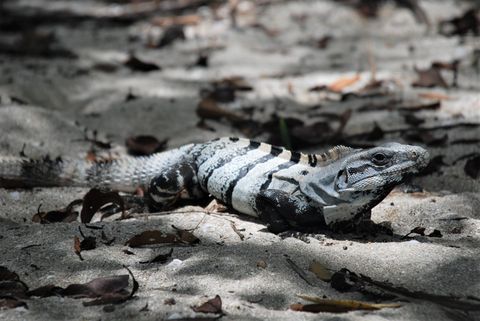
Mexico
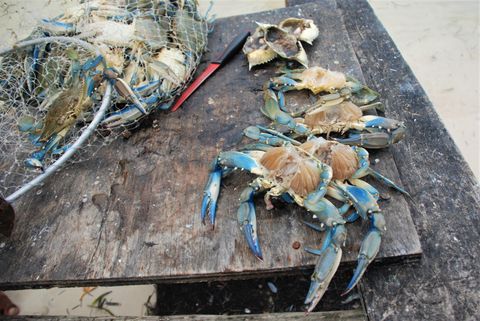
Mexico
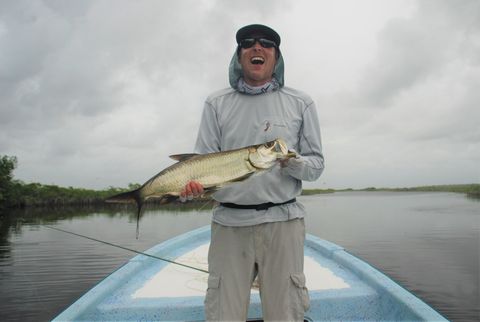
Mexico
For More information or to discuss any of our fly fishing trips you can reach us at:
+1 (587) 225-1543
If you prefer to contact us by email, please use the contact form.
Contact Us
Thank you for contacting On The Water Fly Fishing Travel.
We will get back to you as soon as possible.
Oops, there was an error sending your message.
Please try again later.
Please try again later.



